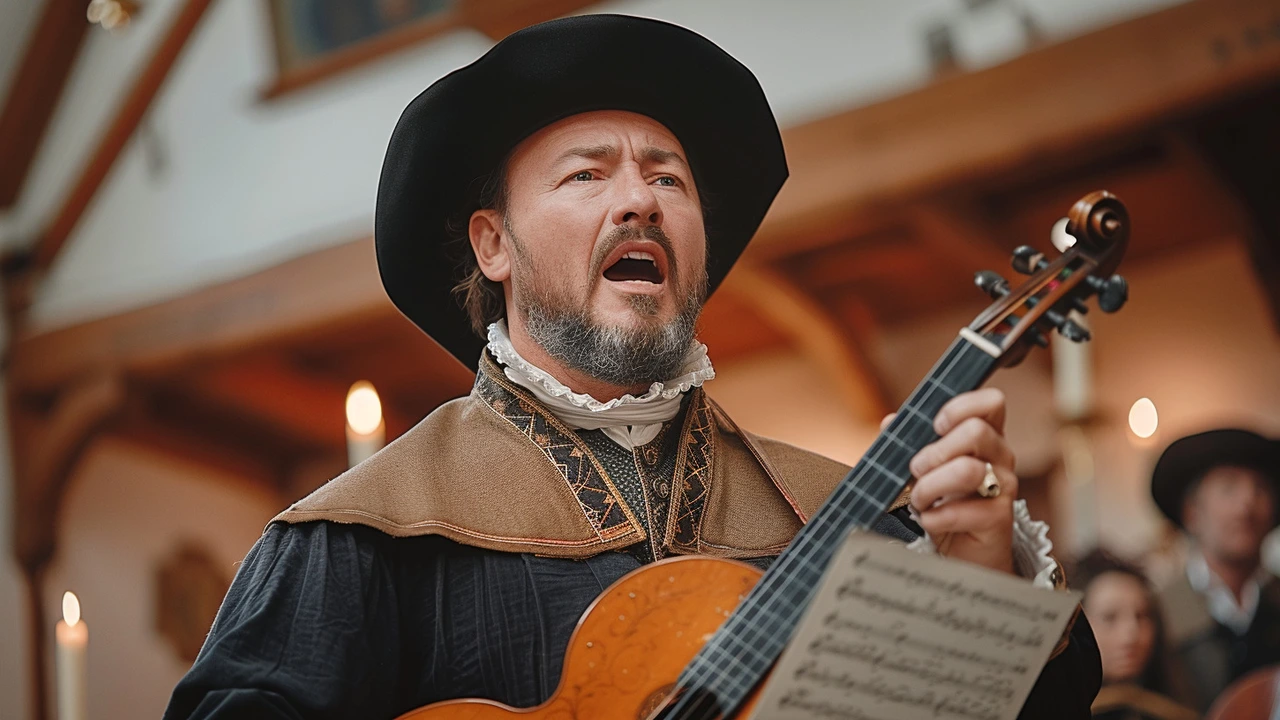Baroque: Bold Art, Drama, and How to Use It Today
Baroque grabs you fast—big gestures, dramatic light, and lavish detail. Originating in 17th‑century Europe, it pushed artists to stir feelings, not just show scenes. If you want to spot or use Baroque now, focus on motion, contrast, and ornamentation rather than small details.
How to spot Baroque
Look for drama. Baroque paintings often use strong light and shadow to pull your eye (Caravaggio made this famous). Figures feel caught in action—twisting bodies, flowing drapery, and intense faces. Compositions are diagonal or swirling, not static. Materials are rich: deep reds, gold leaf, polished marble, and heavy fabrics. Architecture shows curves, layered columns, and ornate decorations that flow instead of standing still.
Want quick cues? Check for these five things: bold chiaroscuro (strong light/dark), dynamic movement, emotional intensity, lavish detail, and theatrical staging. If a work looks like it's mid‑motion with spotlit drama, it's likely Baroque.
Use Baroque in art, design, and home
Baroque doesn't mean overdoing everything. In interiors, pick one Baroque statement—an ornate mirror, a carved console, or a dramatic chandelier—and pair it with simple, modern pieces. Velvet cushions, gilt frames, and curved furniture nod to Baroque without feeling dated. For artists, borrow Baroque tools: high contrast lighting, intense facial expressions, and layered composition. Start with one strong light source to shape forms and add motion with sweeping lines.
If you're decorating on a budget, try mixing textures: velvet, brass, and glossy wood create a Baroque vibe. Swap a simple frame for a gilded one to lift an ordinary print. In music or playlists, add Baroque composers like Vivaldi for structured drama that still feels lively.
Collectors: check provenance and condition. Baroque pieces often have restorations; ask about past work and look for consistent craquelure (fine cracking) on old oils. For newer Baroque‑inspired pieces, evaluate materials—real gilt or gold paint makes a difference in feel and value.
Want more? Paul Artistry has a post called "Baroque Revival: Bringing Classic Style into the Present" that gives ideas for mixing old and new. If you’re exploring art movements nearby, see our posts on Gothic, Neoclassicism, and how other styles like Bauhaus or Avant‑Garde contrast with Baroque approaches.
Baroque works when it's intentional—choose one or two dramatic elements, balance them with clean lines, and let the drama breathe. Try a single ornate piece in a modern room and watch it change the whole mood.


